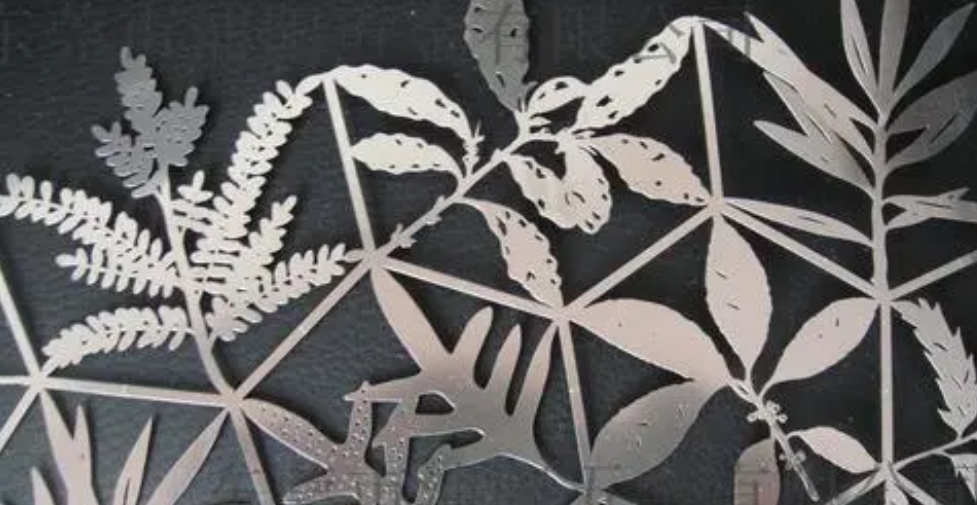Comparison of SS Etching & Traditional Carving Processes
Time:2024-03-26 16:28:23 Source:未知 Click:次

Introduction: In modern society, metal crafts have become an indispensable part of people's lives. In the production of metal crafts, stainless steel etching process and traditional carving process are two commonly used methods. This article will compare these two processes to help you better understand their characteristics and applications.
I. Stainless Steel Etching Process
The stainless steel etching process, also known as electrochemical corrosion process, uses chemical or electrochemical methods to form a certain depth of concave on the surface of stainless steel, thus creating the required patterns. This process can be carried out on stainless steel plates, tubes, rods, and other different shapes of materials, with the following features:
1. High precision: The etching process can accurately control the depth and shape of the concave, ensuring a higher precision and consistency of the products.
2. Good flexibility: The etching process can create complex patterns and texts, with strong adaptability to meet various design requirements.
3. Good surface quality: The etching process does not damage the surface finish of the stainless steel, resulting in better product appearance quality.
4. Environmental protection: The chemicals used in the etching process can be recycled and reused, causing less environmental pollution.
II. Traditional Carving Process
The traditional carving process mainly includes manual carving and machine carving, which use tools such as knives and drills to directly carve patterns on metal materials. This process has the following characteristics:
1. Strong artistry: The traditional carving process emphasizes the craftsmanship of workers, making each product unique in artistic style.
2. Poorer surface quality: Due to the scratching of tools on the metal surface during the carving process, the product surface finish is affected.
3. Poor adaptability: The traditional carving process is less efficient in creating complex patterns, and it is difficult to ensure the precision and consistency of products.
4. Environmental issues: In the traditional carving process, some carving tools may produce waste liquids and emissions, causing environmental pollution.
III. Comparative Analysis
1. Precision and consistency: The stainless steel etching process has higher precision and consistency, suitable for mass production; the traditional carving process is relatively poorer in these aspects and is more suitable for small batch, personalized production.
2. Artistic style: The traditional carving process emphasizes manual skills, giving each product a unique artistic style; the stainless steel etching process focuses more on the accuracy and consistency of patterns.
3. Surface quality: The stainless steel etching process does not damage the surface finish of the metal, resulting in better surface quality; the traditional carving process affects the surface finish.
4. Environmental aspects: The chemicals used in the stainless steel etching process can be recycled and reused, causing less environmental pollution; the traditional carving process has issues with waste liquid and gas emissions, with poorer environmental performance.
Conclusion: Stainless steel etching process and traditional carving process each have their own characteristics and advantages, suitable for different production needs. In practical applications, the appropriate process can be chosen based on factors such as product design, production volume, and environmental requirements. With the development of technology, these two processes are also continuously optimized and improved, bringing more exquisite metal crafts to people's lives.






 Customer service 1
Customer service 1  Customer service 2
Customer service 2